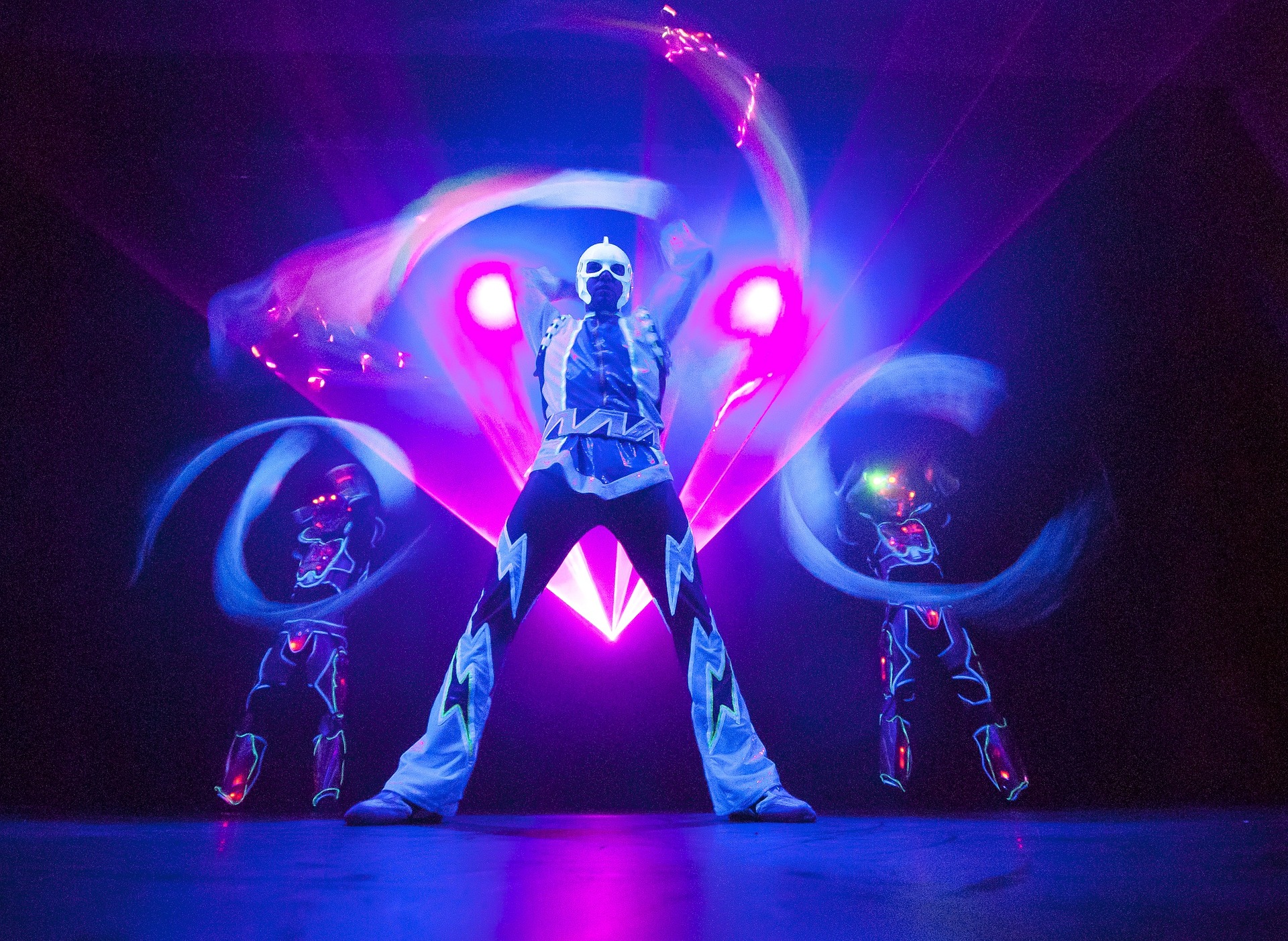Virtual Reality: Unmasking the New Frontier in Art and Entertainment
In the rapidly evolving sphere of art and entertainment, technology is constantly reshaping the way we consume and experience content. The most transformative influence of late has been Virtual Reality (VR), a cutting-edge innovation that is redefining the boundaries of interactive engagement.

A Brief History of Virtual Reality
Virtual Reality, often abbreviated as VR, is not a novel concept. The idea dates back to the 1960s, when a computer scientist named Ivan Sutherland envisioned a world where computer-generated visuals could be so realistic that users would be unable to distinguish them from the real world. His “Ultimate Display” concept laid the groundwork for what we now recognize as VR.
The VR Revolution in Art and Entertainment
Fast forward to the 21st century, VR is no longer a distant dream but a tangible reality. Whether in art galleries, music concerts, or film festivals, VR is providing an immersive experience that conventional mediums can’t match. It’s enabling artists to transcend physical boundaries and engage audiences on an unprecedented scale.
Within the film industry, VR is revolutionizing storytelling by shifting the viewer’s role from a passive observer to an active participant. Movies like “The Lion King” and “Ready Player One” have already showcased the potential of VR in creating immersive cinematic experiences.
Similarly, the music industry is gravitating towards VR to deliver interactive concerts. Global icons like Billie Eilish and Post Malone have performed in virtual concerts, allowing fans worldwide to experience live music without leaving their homes.
The Impact and Reception of VR
The impact of VR on the arts and entertainment industry is profound. It has redefined the audience’s role in the artistic process, making them co-creators rather than mere spectators.
Despite its potential, VR’s reception has been mixed. Some critics argue that it’s an isolating experience, lacking the shared connection that traditional art forms provide. However, as technology progresses and VR becomes more accessible, its potential for creating shared virtual spaces could counter this critique.
Furthermore, there are concerns about the digital divide, as not everyone has access to the necessary technology. This raises questions about inclusivity and the democratization of art, which the industry needs to address as VR continues to evolve.
The Future of VR in Art and Entertainment
While VR technology is still in its nascent stages, its potential is enormous. As it becomes more accessible and affordable, we can expect VR to pervade all aspects of art and entertainment, from theatre and dance to visual arts and literature.
To conclude, VR is more than just a technological innovation; it’s a new canvas for artists, a new platform for entertainers, and a new frontier for audiences to explore. As we stand on the precipice of this exciting new era, one thing is clear: the future of art and entertainment is virtually limitless.




